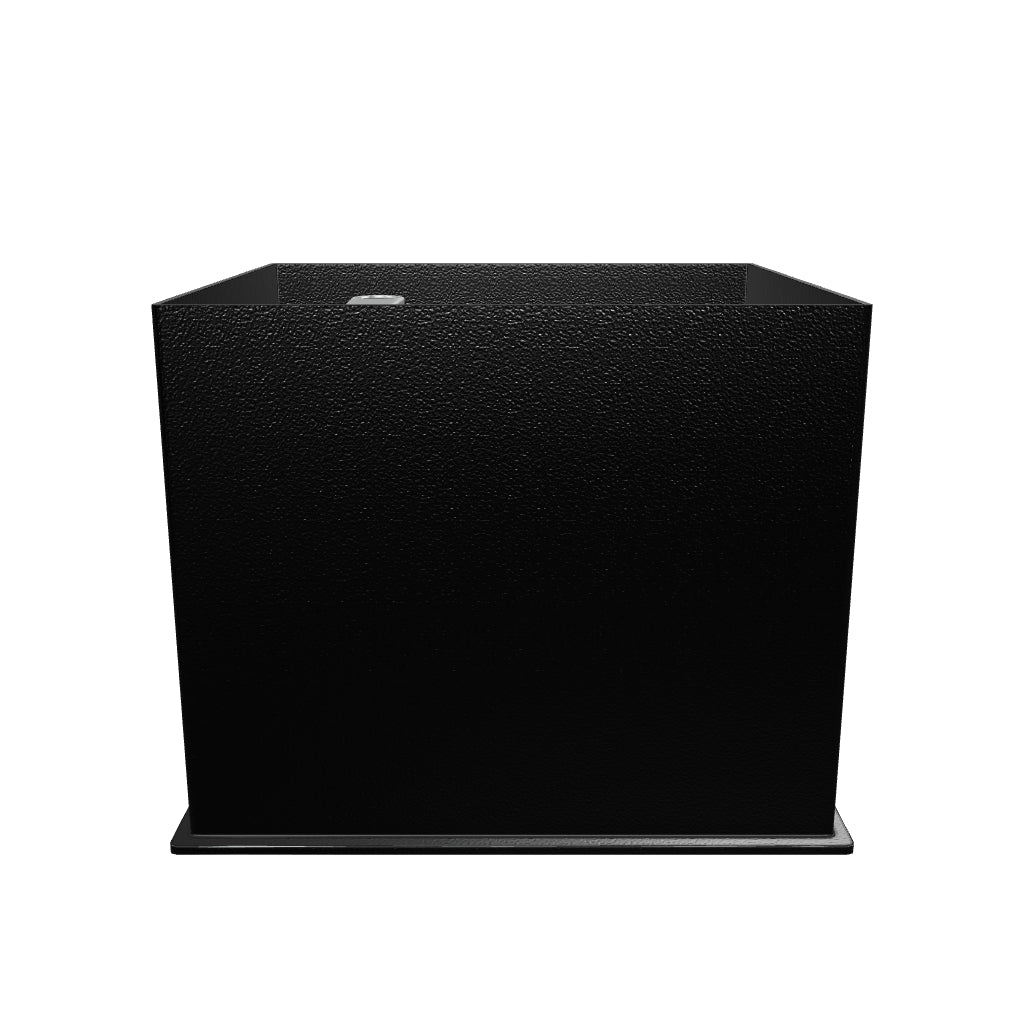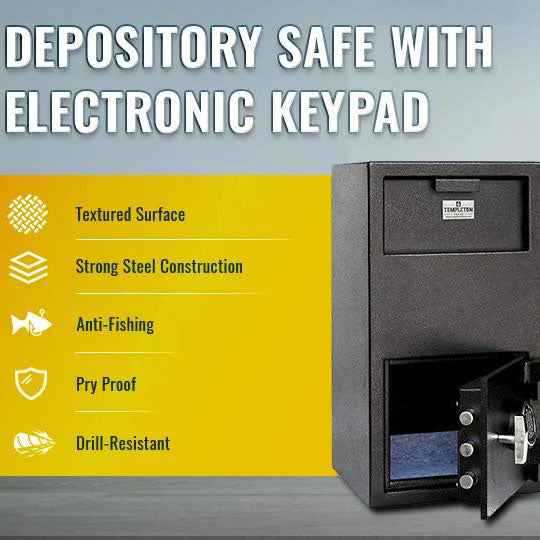How Security Safes Can Safeguard Medications in Substance Abuse Centers
Substance abuse centers play a crucial role in helping individuals overcome addiction and regain control of their lives. These facilities often rely on medications to aid in the recovery process, but ensuring these medications are used correctly and safeguarded against misuse is of paramount importance. Here, we'll explore the vital aspects of safeguarding medications in substance abuse centers, with a focus on security, staff training, security safes, and the use of technology.
Understanding the Importance of Safeguarding Medications
Substance abuse centers provide essential medical support to individuals facing the challenges of addiction. Medications are frequently prescribed to manage withdrawal symptoms, prevent relapse, and support the recovery journey. To maintain the integrity of the treatment process and ensure patient safety, safeguarding medications is a top priority.
Security Measures to Safeguard Medications
-
Controlled Access:
Controlled access to medication storage areas is a fundamental security measure. Only authorized personnel should have access to these areas, which should be equipped with lock and key or electronic access systems. Restricting access ensures that medications are only dispensed by trained staff.
-
Inventory Management:
Maintaining a detailed inventory of all medications is crucial. Regular audits and reconciliation of medication counts can help identify any discrepancies or missing medications. Software systems designed for medication management can aid in tracking inventory effectively.
-
Security Safes:
Utilizing secure safes for storing medications adds an extra layer of protection. These safes should be made of robust materials and equipped with advanced locking mechanisms to prevent unauthorized access. They provide an additional physical barrier against theft or misuse.
-
Diversion Prevention:
Implement policies and procedures to detect and prevent medication diversion. This includes establishing protocols for reporting any concerns about potential misuse or theft. A zero-tolerance approach to diversion is essential.
Staff Training for Medication Safeguarding
-
Education and Training:
Ensure that staff members are well-informed about the importance of safeguarding medications. Provide comprehensive training on medication handling, security measures, and diversion prevention. Regular refresher courses can help keep the knowledge up-to-date.
-
Proper Documentation:
Staff should be trained in the accurate documentation of medication administration. This includes documenting the name of the medication, dosage, time of administration, and the patient's name. Proper documentation not only helps track medication use but also ensures transparency.
Utilizing Security Technology for Medication Safeguarding
-
Electronic Security Safes with Multiple Codes:
To further bolster security, consider the use of electronic security safes equipped with multiple access codes, segregated to authorized staff. These safes allow different staff members to have individual codes for access, enhancing accountability and reducing the risk of unauthorized entry. This advanced technology can be a valuable asset in safeguarding critical medications.
-
Electronic Health Records (EHR):
Integrating EHR systems with medication management can enhance safety. EHRs can provide real-time information on medication administration, reducing the risk of errors and diversion.
-
Biometric Authentication:
Incorporating biometric authentication, such as fingerprint or retinal scans, into medication access systems adds an extra layer of security. This technology ensures that only authorized personnel can access medications.
Ongoing Evaluation and Improvement
-
Regular Audits:
Substance abuse centers should conduct routine audits of their medication safeguarding protocols to identify areas for improvement. This includes reviewing security measures, staff training, and patient education initiatives.
-
Feedback Mechanisms:
Encourage both staff and patients to provide feedback on the medication safeguarding process. Their input can reveal potential weaknesses in the system and help refine policies and procedures.
-
Adaptation to New Challenges:
The field of addiction treatment is dynamic, with new substances and challenges constantly emerging. Substance abuse centers must stay up-to-date and adapt their medication safeguarding strategies accordingly.
Closing Thoughts
Safeguarding medications in substance abuse centers is not only essential for patient safety but also for the integrity of the treatment process. Security measures, staff training, patient education, and technology all play significant roles in ensuring that medications are used responsibly and effectively. By continuously evaluating and improving these aspects, substance abuse centers can maintain a secure and supportive environment for individuals on their journey to recovery.






























